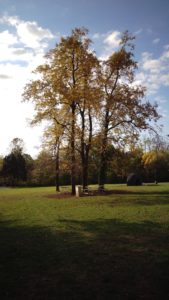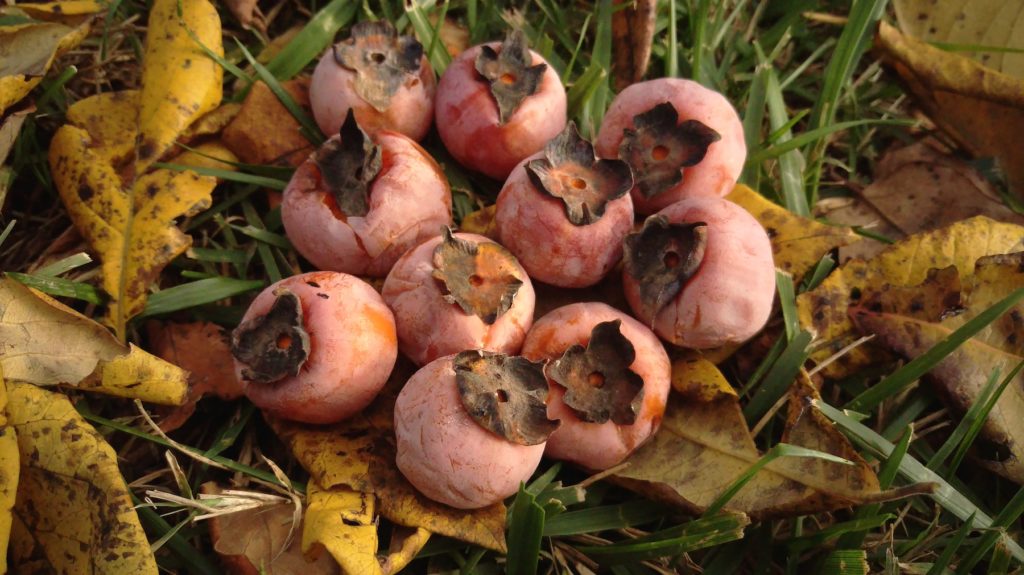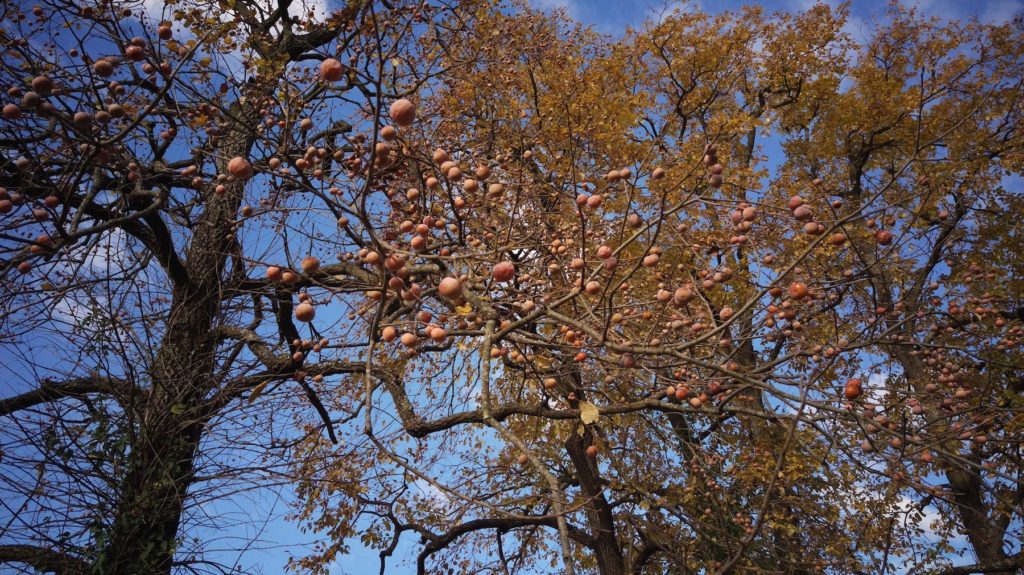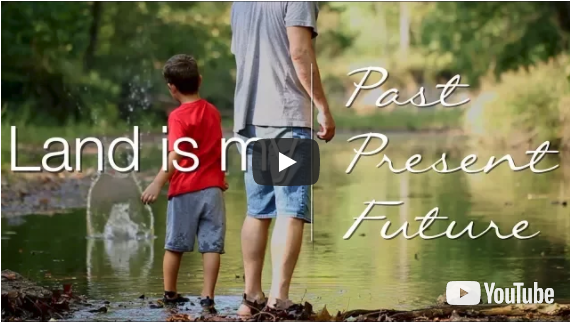This month’s e-newsletter was inspired by Ozark Regional Land Trust’s River Stewardship Program Coordinator, Abigail Lambert, who celebrated her birthday on a hiking trail with her favorite dessert, wild persimmon pudding.
Vote for Our Video and ORLT can Win $10,000!
ORLT has made the final round of top 10 land trust videos for a video contest organized by the Land Trust Alliance called “Land is My _____”. Our video is called "Land is My Past, Present, and Future"
WE NEED YOUR VOTE!!
The video was made and submitted by ORLT supporter and friend, J.P. Scott, and if he wins, he will earn $10,000 for ORLT. He will also receive a cash prize. Please check out ORLT's entry for this year:
https://www.landismy.org/content/land-my-past-present-future
Voting ends November 15 and unlike last year, you only get one vote so it is imperative that you help share our entry with your friends on social media or by forwarding them our emails.
As of this writing, ORLT is currently ranked 4th (up from 8th).
Precious Persimmons

The oppressive summer heat has passed. Cooler and shorter days signal a transition for many wildlife species (some might say humans, too) to prepare for winter by fattening up on the fall bounty. Walnuts, acorns, hickory nuts, grains, and persimmons are on the menu.
This is the perfect time of year to look for ripe wild persimmons when you are on your Fall outings. Persimmon trees are found throughout the Ozarks and eastward. They can tolerate a variety of conditions from hot and dry conditions to shady moist bottomland. You can look for them in roadside ditches and at the edge of fields.
Easily identified after the leaves have dropped, the little orange fruits hang from branches sometimes well beyond the first frost. Don’t pick ‘em when they’re plump and beautiful, or you’ll rue the day you were inspired by this story to connect to nature and enjoy the wild fruit! They’re ready to eat when wrinkled and ugly. Shake the small scrappy tree to make the fruits drop.

Although it produces a tasty treat for both wildlife and people, persimmons make a poor
residential landscape tree because it tends to form dense thickets. Inevitably, those delicious mushy fruits will attract birds, foxes, opossums, skunks, raccoons, and white-tailed deer. It can make for wonderful wildlife viewing experiences if you're out in the country but may not always be appreciated when these critters show up in your backyard.
By far a favorite of wildlife, the persimmon fruit has also had a long history in the diets of Native Americans and European settlers. Traditional recipes include breads, jelly, and puddings. Civil war soldiers brewed coffee using the seeds, and made syrup with the fruit pulp.
Wild persimmon fruits have a short shelf life, and you probably won’t find them in your grocery store, but the fruit pulp is more versatile than the commercial varieties you’ll find at the market, and it can be frozen for later use.
Now It’s Time to Bake!

Persimmon Pudding Recipe
Persimmons are a tasty rustic treat that can be made into a variety of dishes and desserts including breads, jams, and puddings. Here is a recipe for a delicious persimmon pudding that you can easily make at home.
Ingredients:
- 3 eggs
- ½ teaspoon salt
- 2 cups sweet milk
- 3 1/2 cups flour
- 1qt. persimmon pulp
- 1 teaspoon soda
- 1 cup granulated sugar
You’ll need at least 3 quarts of raw fruit to get 1 quart of pulp. Wash and remove the seeds, run the raw fruit through a colander or food mill.
Instructions:
- Mix the other ingredients in the order given, stirring thoroughly.
- Pour the batter into a greased pan and bake at 400 for one hour or until the pudding is a dark brown color.
- Serve hot or cold with whipped cream.
Curious about other edible plants? There are many books on the subject, but a great place to start is the free publication from the Missouri Department of Conservation “Wild Edibles of Missouri”, written by Jan Phillips. Here’s a link: Wild Edibles of Missouri
Interested in growing your own? You may not find them at your local nursery. Look for native plant suppliers. It’s best to plant several trees since male and female flowers typically occur on separate plants, and both are necessary to produce fruits.
Whether growing your own, or traveling miles in search of that fine tree, it’s hard not to appreciate the persimmon tree’s importance in our natural and human communities.
The richness of plants and animals in the Ozarks has provided sustenance to wildlife and people for
millennia. Enjoy the fall bounty... get outside, connect to the land, and find a tasty treat as well!

Recipe sourced from Professor Milton Hopkins (New York Botanical Garden Journal, vol.43 (1942) pp. 71-76)


